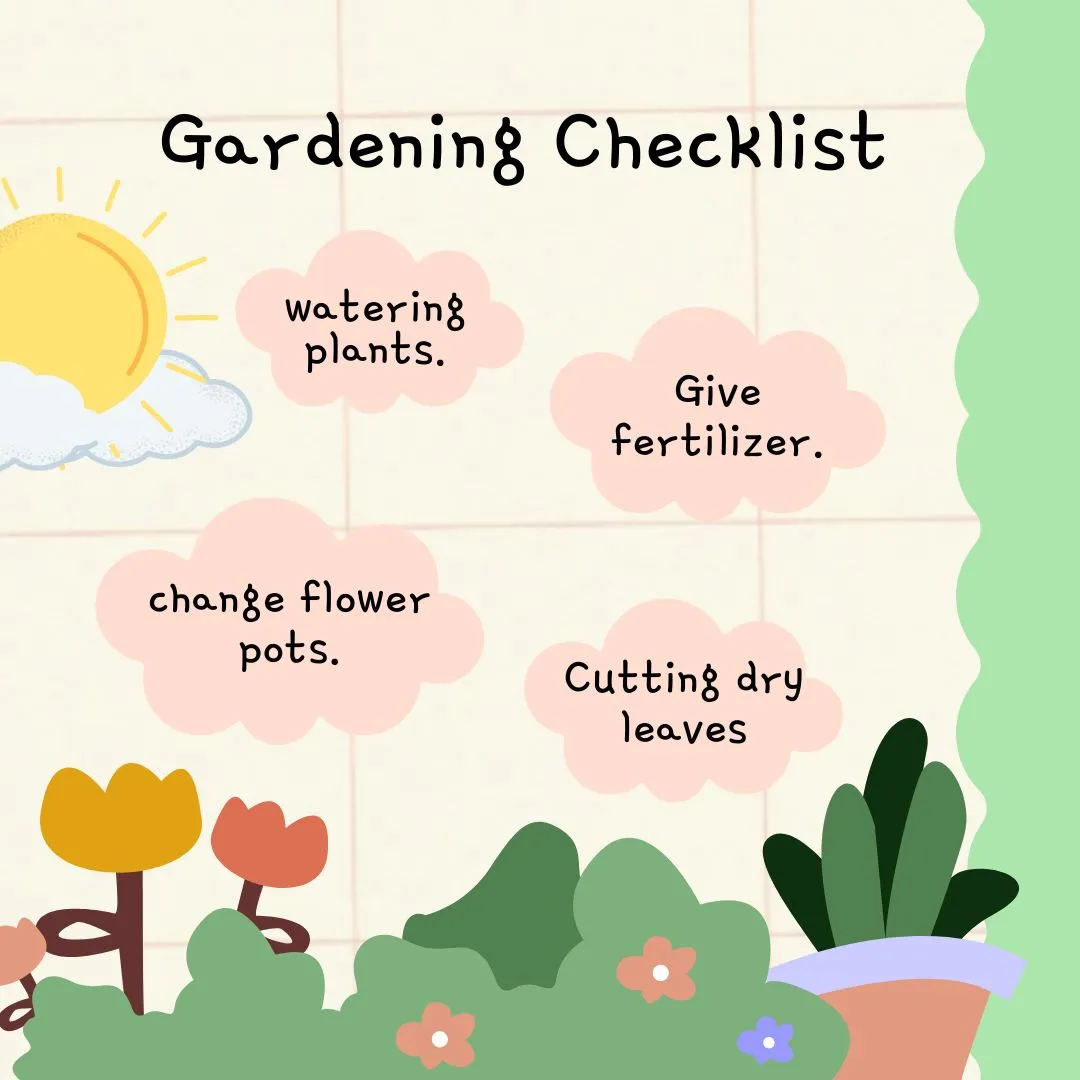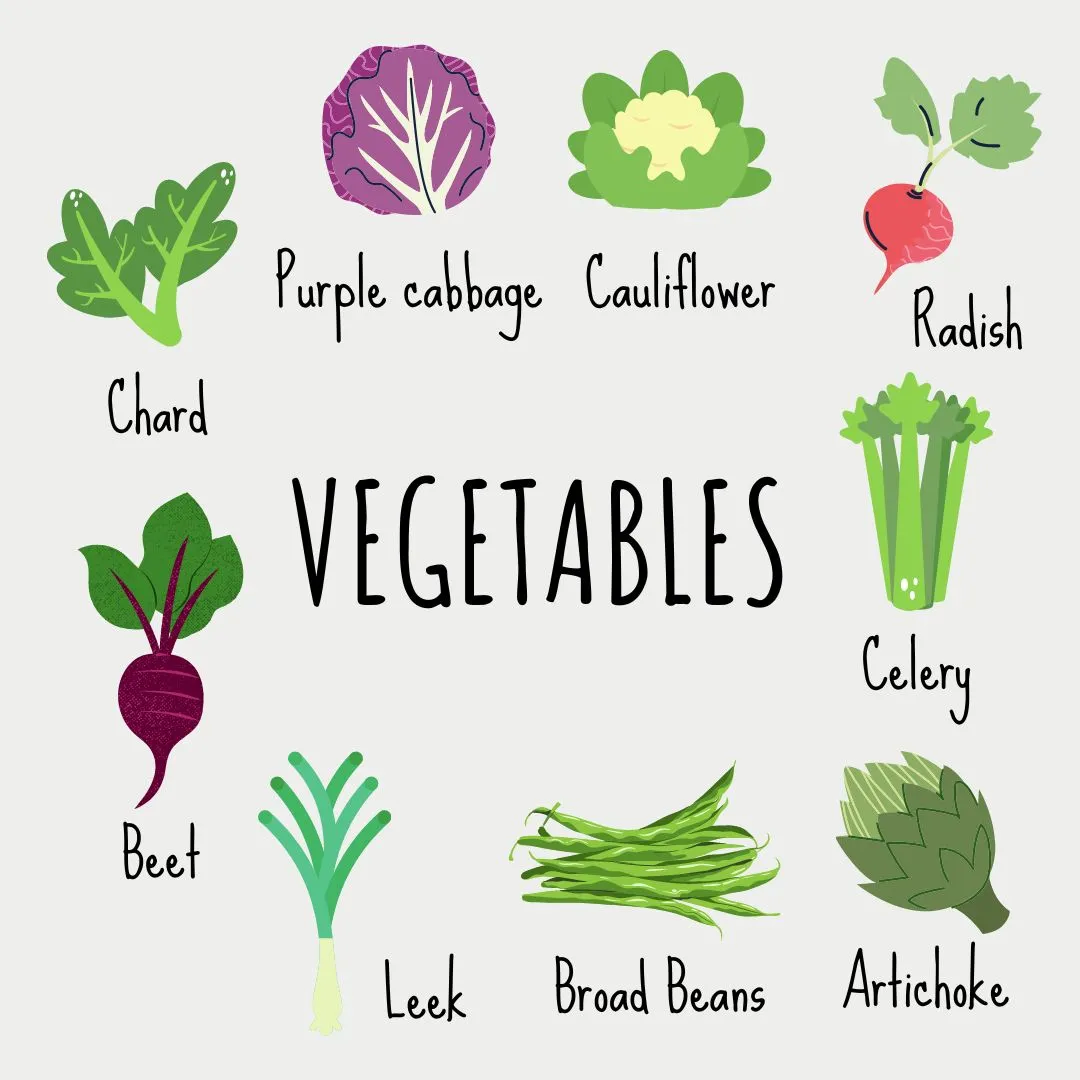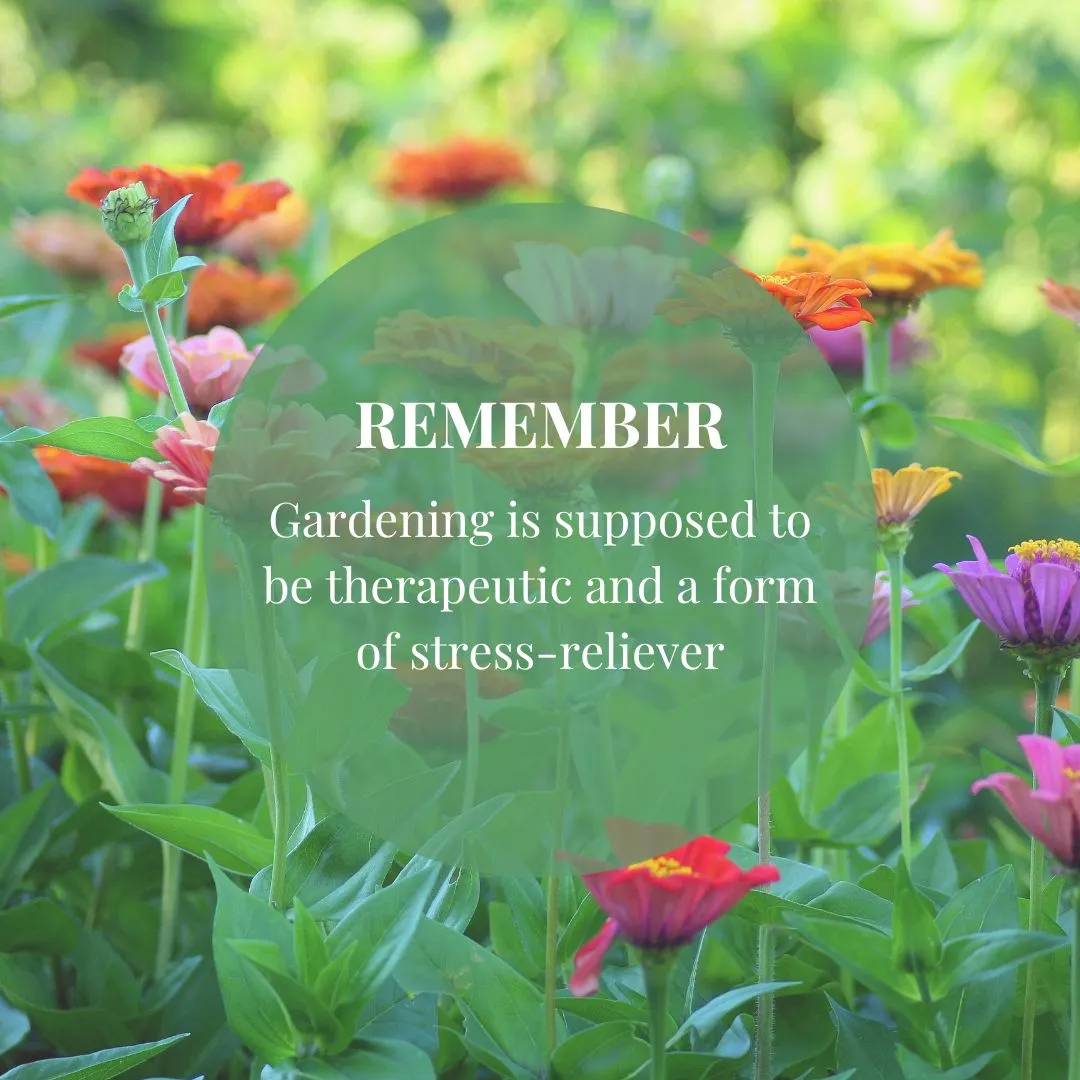
The COVID-19 pandemic made us all realize how important and hard it is for food to be sourced and put in our own tables. Supermarket shelves were empty while our local farmers were struggling to get their products to sellers. As a response, people turned the long lockdown periods and slow hours into productive ones by building their very own gardens.
Unfortunately, not everyone has access to an extra parcel of land to turn it into a micro-farm. But that doesn’t mean that you can’t transform your porches, balconies, or even windowsills into a compact garden. So whether you’re doing gardening to fill up some of your fridge essentials or just a fun, relaxing hobby, here’s a quick step-by-step process on how to start your very own garden.
1. Plan the Layout of Your Garden
Before you pull out your handy shovel and dig a few holes to chuck some seeds in, the first thing that you need to do is plan a layout of your garden. Figure out where you’re going to plant and have a rough estimation of how big it can be.
By doing this, you’ll figure out the things that you could plant. For example, you could easily plant a wide variety of crops and other plants in a good-sized backyard or a vacant lot beside your house, but your garden will be completely different if you’re setting up a plant box by the windowsill.
So don’t forget to visualize the layout of your garden and have some sort of a rough plan on how you want it to go.
2. Get to Know Your Terrain
This is in sync with planning the layout of your garden. If you live in a house with a garden space, what kind of soil is present? Do you have to get gardening soil to replace the rocky ones on your lot or is it already suitable for planting?
Check how the sunlight hits the area too. If you live in a high-rise and you’re planning to do some indoor gardening or put a couple of pots on your balcony or fire exit, then make sure that the space you’re using gets enough sunlight to sustain your plants. But if your place doesn’t have access to sunlight, then you might consider investing in an indoor planting setup.
3. Know What and How Plants Grow

This is definitely the most exciting part of building your own garden. But before you hit up your local hardware or plant shop for seeds and plant starters, hear me out first.
Remember your garden layout? Every single plant or seed that you buy should fit your garden location and climate. There’s no point in wasting your resources (like money and time) to tend to a plant that isn’t suitable for your region or for your garden setup.
It’s also a better option for you to grow only useful things. If your plot area is quite limited already, every plant should count. Try to plant something edible or medicinal. That is if your main goal is to have a garden that could grow your food to lessen your weekly grocery shopping. While sunflowers or orchids look nice, they will significantly take up a lot of your precious resources that you could efficiently use in other things.
When it comes to planting your chosen seeds/plants, there are a lot of resources online to help you out. Even your seed packet will contain useful information on how to plant them properly. But, keep in mind that not all plants grow the same way in different climates.
Check out some of the basic garden plants in the Philippines:
- Leafy greens. This type of plant is probably the easiest to grow and harvest. It includes your vegetable staples like pechay, kangkong, and camote tops. These can be planted directly on your garden soil or in small containers to be put in your kitchen. They’re generally fast to grow too, averaging in 30 days from sowing to harvesting.
- Herbs. From your staple oregano to coriander and parsleys, growing herbs is probably how small-time gardeners started their hobby. Not only you’ll save up from buying individual dried herbs, but you’re also minimizing your food waste by not letting your fresh one rot at the bottom of your fridge. Herbs are low in maintenance and thrive well even under tropical conditions. Just sprinkle a couple of seeds on a plant box and watch it grow on your kitchen windowsill.
- Root crops. Considered to be a staple in every Filipino meal, you could easily grow root crops on a spare piece of soil in your home. A good number of them are low-maintenance like cassava and sweet potato. They’re highly drought-tolerant too, which is a bonus when you’re starting a garden under harsh climate conditions or you’re not too good in keeping track of your plant’s water conditions.

4. Be Creative in Gathering Your Seeds
There are other ways to build up your garden variety aside from buying seed starters or savers from supermarkets or planting shops. You can ask for seeds from your neighbor who has a calamansi or sili plant. By doing so, you’ll know the quality of the plant and you don’t have to buy expensive seed packets.

Lessen your food waste by sourcing your seeds for what you eat. With a little bit of proper pre-planting process (drying the seeds, for example), you could grow your kitchen staples like bell pepper, onion, garlic, and more.
5. Start Basic and Small
Gardening is supposed to be therapeutic and a form of stress-reliever but the responsibility of having one might shock and overwhelm you. To avoid that, just start your urban garden as basic and as simple as possible. Don’t go overboard in one single afternoon and plant everything that you could get your hands on.
Also, gardening is an experiment! Don’t be afraid to try out different kinds of plants from low-maintenance to fussy ones. Mistakes are also welcome. There are no worries if you get lazy or forget things. After all, this lockdown is the best way for you to try out new things right under the safety of your own home.

Hope this little guide could help you in your gardening journey!
Keep growing,
abnkkbsnplako

Disclaimer: All images created using Canva. Unless otherwise stated.